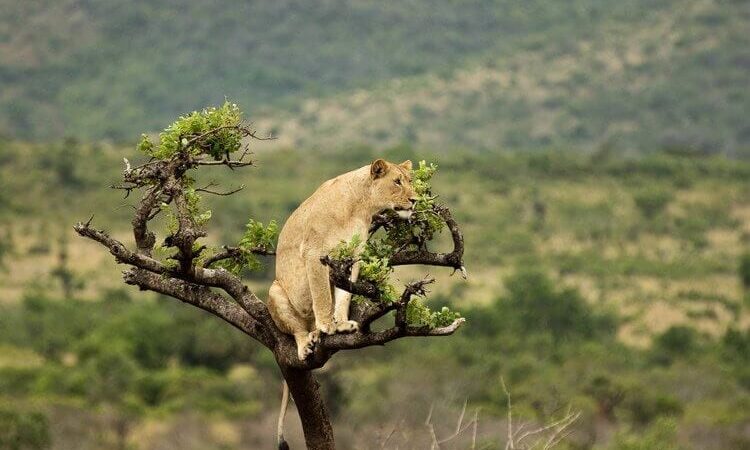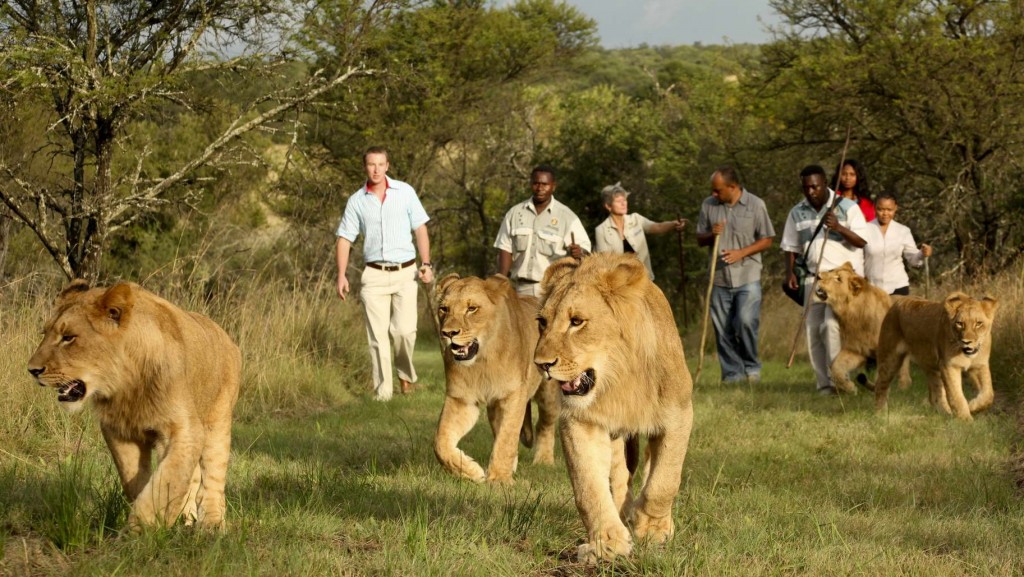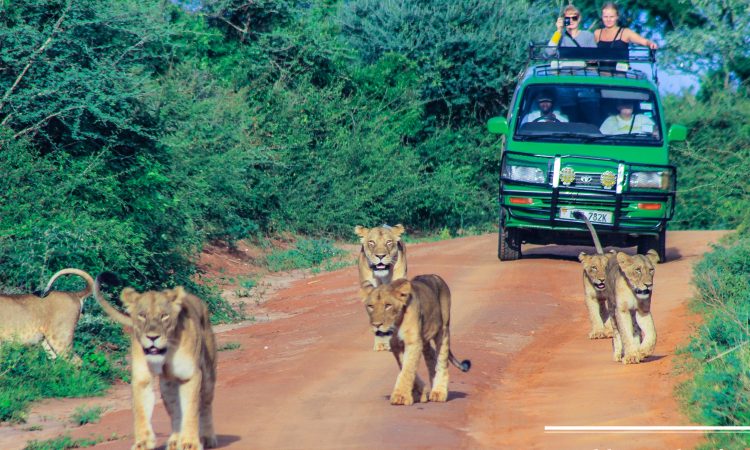The Tale of Lions in Rwanda : Rwanda is one of the most dynamic tourist sites in the world and it’s clearly a wonderful country on the African continent. a must-stop for the big five lovers on Rwanda Safari tours. And perhaps Rwanda’s most popular story is the tale of lions in Akagera national park.

For a long time, Rwanda has not had the “king the jungle” as part of her wild life population. These great creatures saw a tragic end as the last lion died in 1994 and ever since then, for 15 years, Rwanda lost one of the most iconic animals in the world, till the successful translocation of 7 lions that happened in 2015 brought back these great predators into Rwanda.
After the genocide, a lot of displaced Rwandan citizens settled in areas surrounding national parks. Being humans, their first instinct was to completely rid themselves of the predator, whose territory they were encroaching on, attacking both people and their livestock. They poisoned, hunted and killed until the very last lion. This was to protect their herds from being eaten by the lions. Ad soon a country that had over 300 lions faced a quick extinction.
The drastic extinction of lions from the fields has been a tranquil sign of the monstrosities the nation had seen and their restoration is an important reminder that you can restore what could have been forever lost.
A lion plays an important role n the balance of the eco-system and without them, a lot could go wrong in the wild. That is why their conservation is important. In 2015, a great translocation from South Africa brought in 7 lions which have since then reproduced and increased to more than 35 cats.

In 2010, the Rwandan government asked African Parks, a protection association with much experience restoring wild areas in Africa, to assist with dealing with the recreation area and re-establish the country’s wildlife and tourism sector. Restoring one of the big 5 Animals created a significant impact on the boasting of tourism in Rwanda. the lions only occur in Akagera National Park
Initially there was some worry regarding mixing of genes. As the lions that were introduced were southern lions. The lions that were formerly in Rwanda were Eastern lions and they have some genetics that differ from the southern lions that were later introduced. This means that they could behave in a different way and also have a hard time copying in the new environment. but much to every one’s delight, these southern lions started to adopt to the new environment of Akagera National Park.
Some of the lions that were brought in include Shema, the oldest lioness to have been brought in to Akagera National Park, with her 2 year old daughter, Amahoro, along with their father 5year old dominant male called Nshari. The translocated lions included five females which were donated by Beyond Phinda Private Game Reserve and the two males by Tembe Elephant Reserve and Ezemvelo KZN Wildlife protected area.
Lions in Rwanda may seem like the apex predators of their environment, but a new study published in The Journal of Wildlife Management finds that these lions face high levels of threats, including habitat loss and conflict with humans.
Leopards currently outnumber lions in Rwanda by more than two to one, according to the study. However, the researchers believe that lion populations could rebound if more action is taken to protect them.
The study was conducted by researchers from the Durrell Institute of Conservation and Ecology at the University of Kent.
The study found that lions are in decline across much of their range in Africa, largely due to conflicts with humans and habitat loss. In particular, they found that lions can suffer from poor health or injuries caused by human-lion conflict, which often puts them at risk of succumbing to disease or death.
The researchers also found that lions have been affected by a lack of suitable habitat as a result of deforestation and other land-use changes. This makes them more vulnerable to predators such as leopards and hyenas, The Tale of Lions in Rwanda
If lions become extinct in Rwanda it would leave just one subpopulation of these big cats in East Africa. Their continued survival depends on the protection they receive from conservationists and local communities.
Akagera National Park is the only place to see lion in Rwanda. This park is home to many different species of animals as well as vast swathes of open grassland that are essential for the survival of lions and other large herbivores. However, the park has also been badly affected by poaching in recent years which has led to the disappearance of several lions and many other animals from the area. It is crucial that the government takes steps to prevent future poaching episodes and restore a balance to the ecosystem.

African lions have declined by more than 40% in the past 20 years. now they’re endangered, due in part to the loss of habitat and conflicts with humans. there are fewer than 30,000 left in the wild. however, if that trend continues, lions will become extinct within the next few years. It is up to us to #fightforwildlifetoday!
Tourism in Rwanda is growing every year, which means that more and more people are visiting the national parks to see the wildlife for themselves. tourism brings a lot of money into the country and supports thousands of jobs in the tourism industry itself and lions play an important part in attracting tourists to the parks, so it is important that we continue to find ways to help protect them for the future.


